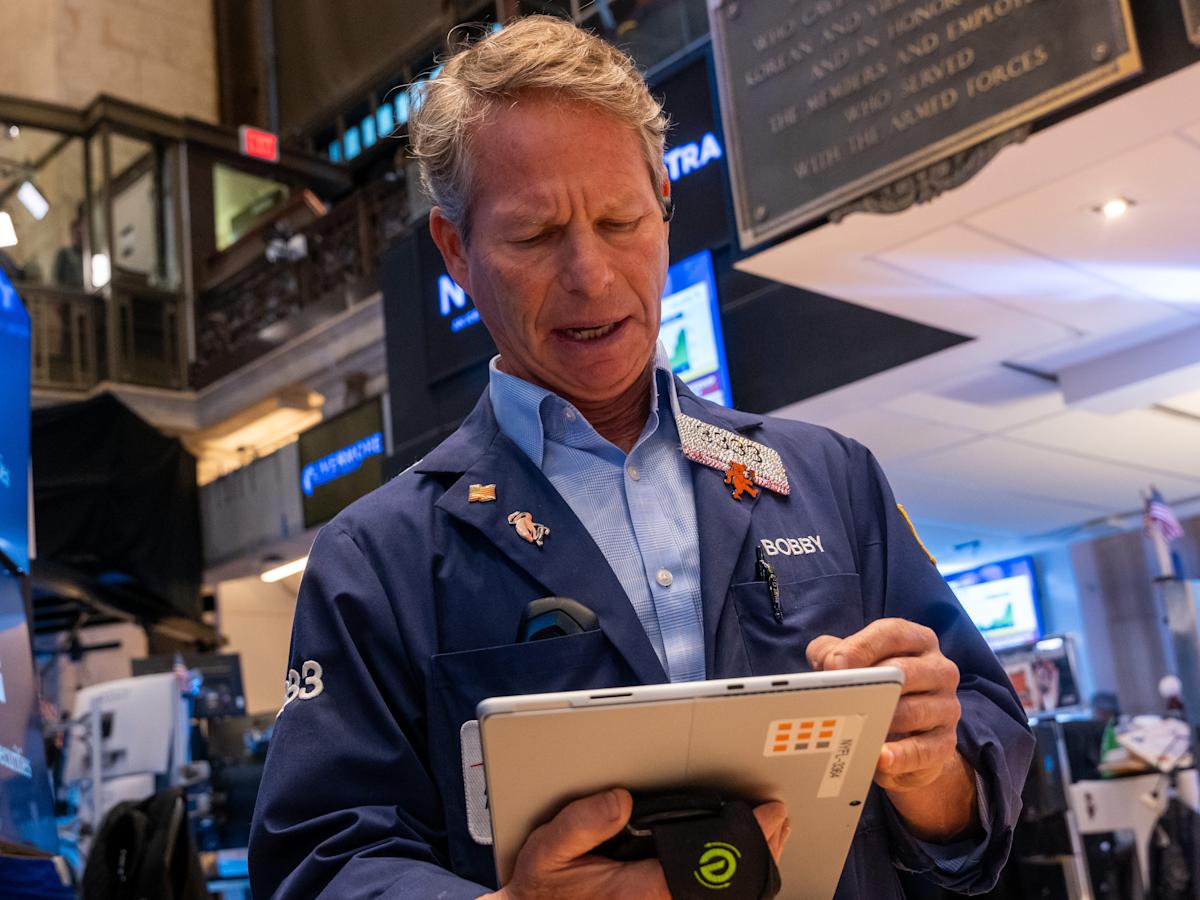There’s a market-beating strategy that could be a perfect hedge for the latest tech-fueled stock plunge
-
The S&P 500 equal-weighted index may provide a hedge against tech-driven stock declines.
-
The concentration in tech stocks has led to recent underperformance in the cap-weighted index.
-
Lower valuations and broadening growth could fuel outperformance for the equal-weighted S&P 500.
The S&P 500 equal-weighted index, to be frank, has been a rather lackluster way to own the market in recent years.
During the last half-decade, it’s up 63% while the tech-concentrated cap-weighted index you hear about more often is up 93%. In the last 12 months, the equal-weighted index has risen just 2% while the cap-weighted index is up 12%.
The underperformance has a simple explanation. Tech and tech-adjacent stocks have dominated the market, and since they’re the largest by market capitalization, they contribute more to the returns of the cap-weighted index. The equal-weighted index, meanwhile, weights all of its constituents the same.
But with the tech sector and mega-cap stocks selling off this past week, it could finally be the equal-weighted index’s time to shine.
Investors this week balked at lofty tech stock valuations and spending on AI — the Technology Select Sector SPDR Fund (XLK) is down 5.6% since November 3. The underperformance in tech has dragged down the S&P 500 cap-weighted index by 2.7% in that time.
Meanwhile, the cap-weighted index has fallen just 0.4%.
If investors’ retreat from the tech sector continues, the equal-weighted index could be an effective way to hedge downside risk in the cap-weighted strategy, as its performance hinges on the direction of a select few stocks.
“At any point in time you could have a very big drawdown in these stocks, and that would not be unusual because these are volatile stocks,” Hank Smith, the director & head of investment strategy at The Haverford Trust Company, said about AI-focused mega-cap stocks.
“I don’t think a lot of investors understand the risk they’re taking buying the S&P 500 index when you consider 10 names in a 500 stock index represent 40% plus of the index,” he continued. “Three names represent 25 give or take% of the S&P 500: Nvidia, Microsoft and Apple. That is extraordinary concentration.”
In addition to protection from over-concentration, there are reasons to believe the equal-weighted index could outperform the cap-weighted index going forward.
For one, while the equal-weighted index’s recent performance has been relatively poor, it has actually outpaced the cap-weighted index by 1.05% on an average annual basis from 1989-2023, according to Invesco.



Leave a Comment
Your email address will not be published. Required fields are marked *